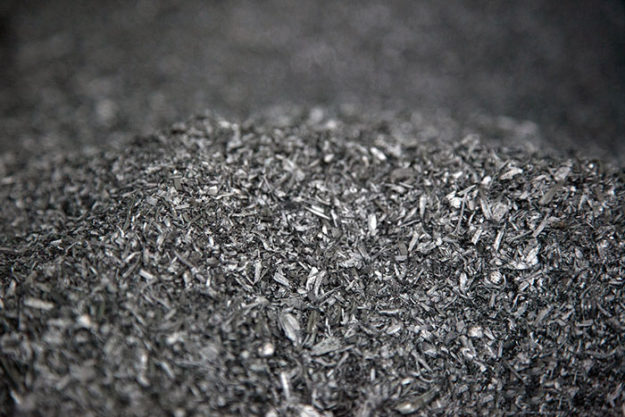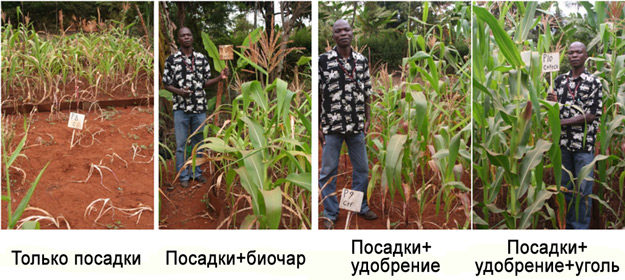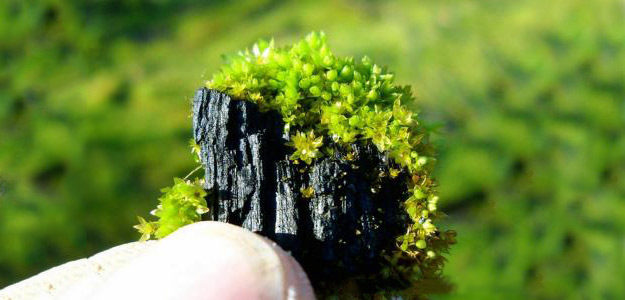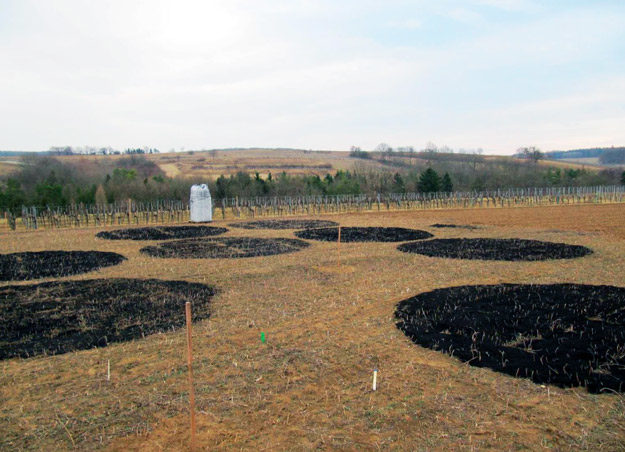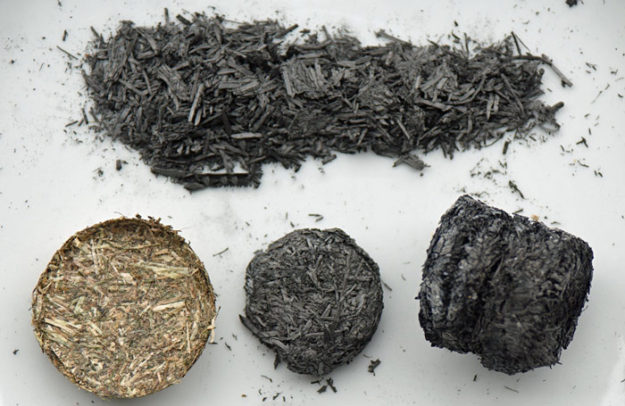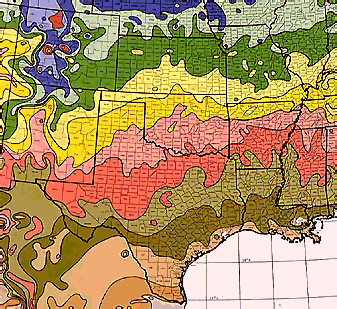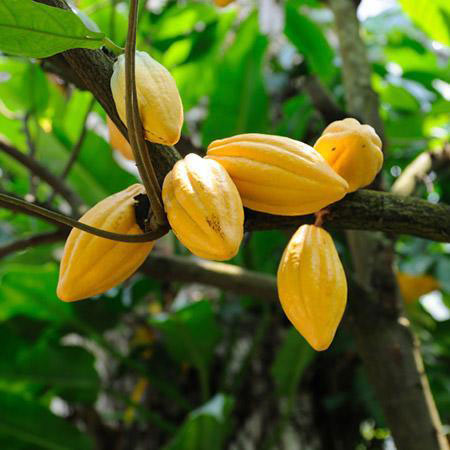Have you heard of biochar? For most gardeners, it’s a new term—myself included. I came across an English-language article about biochar, describing this fertilizer as a miracle capable of turning deserts into lush gardens of Eden. Intrigued, I immediately started looking for research on biochar to find evidence of its effectiveness. There isn’t much research out there, but I managed to review practically all studies related to soil improvement (I didn’t include studies about biochar’s role in combating the effects of global warming).
What is Biochar?
Biochar is a specially prepared type of charcoal that is added to soil to improve its fertility. Charcoal has been traditionally used in agriculture by indigenous peoples of West Africa and, according to some unverified accounts, in the rainforests of the Amazon. There’s a hypothesis that biochar can significantly enhance soil productivity while simultaneously reducing atmospheric carbon dioxide levels.
How Does Biochar Improve Soil?
In short:
- Adding biochar improves the soil’s physical and chemical properties, such as increasing pH levels from 3.9 to 5.1, cation exchange capacity from 7.41 to 10.8 cmol(+)kg−1, cation percentage from 6.40% to 26.0%, and microbial biomass carbon (MBC) from 835 to 1262 mg/kg-1.
- It increases the mean weight diameter (MWD) of soil aggregates from 2.6 cm to 4.0 cm.
- Erosion rates decrease by <50%. These results were observed when biochar made up 5% of the total soil mass ( CATENA Soil Science , China, 2013).
Crystalline structure of biochar
There is evidence that soils in the Amazon, improved by pre-Columbian farmers, remain fertile to this day and contain up to 35% of their organic carbon in the form of biochar. Artificially enhanced soils with biochar from 2,000 years ago store more water and nutrients in forms readily available to plants. The composition of the fertilizer in Amazonian black soils, known as terra preta, is theorized to have been a mixture of charcoal, bones, and manure (you can learn more about Amazonian soils and their pre-Columbian biochar here ).
Biochar is a highly porous material that rivals perlite in its effectiveness for retaining water. Its pores create a healthy habitat for soil biota, and adding it to soil can be one step toward a kind of “terraforming.” The carbon in biochar is very stable and can remain in soil for thousands of years, binding and holding onto micronutrients and minerals until symbiotic bacteria release them to plant roots. In regions with heavy rainfall, this property is invaluable for fertilizers, as it helps prevent soil erosion and protects groundwater from contamination.
How is Biochar Produced?
The organization responsible for setting ecological standards for biochar, the International Biochar Initiative, describes its production as “transforming agricultural waste into a soil enhancer.” Biochar is also created naturally through wildfires or artificially through a process called pyrolysis:
“Organic waste, such as wood chips and branches—byproducts of agriculture—are burned in oxygen-free chambers, producing oil, syngas, and a solid residue that resembles charcoal. This highly porous type of charcoal acts as a filter to absorb harmful chemicals and compounds while allowing beneficial nutrients to pass through.” The Yale School of Forestry & Environmental Studies
A Brief History of Biochar
A little historical context is necessary. Charcoal has always been a key soil component in Western African agriculture, second only to manure. This was revealed through extensive anthropological research conducted in Liberia and Ghana on 700-year-old soils ( 1 ).
“African dark earths” were created intentionally by adding kitchen scraps, bones, ash, and manure. Without these components, agriculture in most West African regions would have been nearly impossible. Interestingly, the indigenous peoples of the Amazon and Africa independently discovered the use of charcoal as a fertilizer—Amazonian farmers were using it 2,500 years ago, while Africans started about 700 years ago. It’s possible that the black color and structure of biochar appealed to ancient logic: “like treats like”…
Scientific Research Data on Biochar
Field Studies on Biochar in Austria
Biochar is now considered a promising geoengineering concept, so large-scale research primarily focuses on offsetting greenhouse gas emissions through biochar production, as well as improving the pyrolysis process for its production: the gases and oils released during combustion can actually be used as fuel to initiate the pyrolysis reaction. However, there is still a lack of experiments at the level of plant-soil ecosystems, where feedback mechanisms cannot be fully simulated in a laboratory. Therefore, almost all data remains relatively speculative in nature.
Advocates of biochar as a fertilizer often highlight two main advantages: its ability to store carbon in a stable form, preventing CO2 release from organic material into the atmosphere, and its capacity to enrich the soil. It is with the second benefit that fewer substantive field studies have been conducted. Nevertheless:
It is uncontested that biochar retains water, reduces soil acidity, improves oxygen availability, and provides ideal conditions for soil microorganisms.
Field studies examining the effect of biochar on nutrient loss are almost nonexistent.
Retention of carbon dioxide is also proven. Biochar production appears to reduce atmospheric CO2 levels: when plants decompose, they release CO2, which is eventually absorbed by other plants, continuing the cycle. Charcoal stabilizes this decomposing material and its associated CO2, conserving it in the soil for hundreds or even thousands of years. This idea, with its presumably vast potential to help slow global warming, has garnered a significant number of biochar proponents (and opponents as well, since its economic feasibility and “relative usefulness” still require validation).
All field studies yield overly “nebulous” conclusions. For each type of soil and climatic condition, an individual concentration of coal-based fertilizer is needed. In some cases, it is not required at all. The chemical composition varies widely depending on the raw material and pyrolysis conditions. Yield improvement has been observed in agriculturally unsuitable areas, provided that ash and organic additives are introduced. The better the soil, the more modest the results. For biochar to be effective, nutrients like P, K, Ca, and Mg must be added through compost and manure (Terra Preta soils were created from charred residues mixed with human settlement waste).
There is an embarrassingly low amount of empirical data. Here are the results of a few field studies that seem useful. Biochar was studied on rice fields in Laos in 2007: soil water permeability improved, yield increased under conditions of low phosphorus availability, but nitrogen availability decreased, necessitating additional nitrogen fertilizer application ( 2 ).
An excellent publication on the synergy between compost and biochar comes from German biochemists at Institute of Agricultural and Nutritional Sciences, Soil Biogeochemistry . The article is particularly useful for its information on the durability of black fertilizer—the main structure of the material is highly resistant to degradation (approximately 3,000 years), which means it doesn’t need to be applied annually like other soil enhancers. The study also notes differences in biochar quality depending on the temperature at which it is produced and the raw material used (biochar from grasses, produced at low temperatures of 250-400°C, better mineralizes carbon than that from hardwoods and high-temperature processing).
Source of biochar - Grasses
The largest meta-analysis of biochar studies includes a warning:
Most claims about biochar are overly enthusiastic. The potential benefits of the fertilizer, both for soil formation and the environment as a whole, are knowingly exaggerated.
A TEDx talk by an aerospace engineer promoting the use of biochar.
Promises or Standards?
Fortunately, issues related to the global implementation of biochar do not concern us directly. For us, as in Africa, the goal is simply to increase the fertility of garden soils. And at this stage, problems arise. We still do not know:
- The resulting pH;
- The chemical properties of different types of biochar depending on the raw materials and methods of preparation;
- On which types of soil a particular product works best;
- Its stability in the soil (we only have theoretical and indirect data);
- Whether the production of biochar might cause greater environmental harm than its potential benefits, along with many similar questions.
We still do not know what constitutes GOOD biochar.
Companies Producing Biochar: Promise and Reality
There are already several hundred companies worldwide producing biochar, yet the industry still lacks established standards. As a result, we are promised practically golden opportunities, but the dosage instructions on product packaging often seem to be driven more by the producer’s imagination or greed than by science. A comprehensive regulatory framework and industry standards (e.g., GOST in Russia) for biochar are yet to be developed. In order to create such standards, they must be substantiated through rigorous field and laboratory research—a task currently hindered by the insufficient number of studies available. Most published trials emphasize the need for further investigation and refinement of existing data.
Based on an analysis of approximately 100 biochar samples, which varied by feedstock and production process, the following threshold values for elements were proposed: O/C <0.4 and H/C <0.6 (Schimmelpfennig & Glaser, 2012). Direct mixing of biochar with soil, without adding organic supplements, is not practiced and is ineffective. However, this critical detail is often left out by manufacturers on biochar packaging.
Findings from a Meta-Analysis
The conclusions derived from a 2013 meta-analysis published in the scientific journal PLoS One include:
- Research into biochar is still a very young discipline, reflected in the lack of standards and the uneven distribution of studies across various subject areas.
- Field testing is needed to evaluate the stability of biochar as a soil amendment in relation to climate, soil composition, and production methods.
- We still don’t fully understand the broader ecological impacts of biochar production, transportation, and application.
- Optimistic claims about the environmental benefits of biochar sharply contrast with the limited volume of research on its behavior and consequences.
- There isn’t enough empirical evidence to support assertions that biochar application in soils significantly mitigates climate change or offers universal ecological advantages when evaluated across a full range of indicators.
Drawbacks of Biochar, Highlighted by Professor Johan Six
Professor Johan Six from ETH Zurich identified several potential disadvantages of biochar:
- In certain cases, crop yields may decrease due to biochar adsorbing water and nutrients, thereby reducing their availability to agricultural plants. It has also been shown that biochar can delay seed germination.
- Adsorption of pesticides and herbicides by biochar may lower the efficacy of these chemicals.
- Some biochars may act as sources of contaminants, such as heavy metals, volatile organic compounds (VOCs), polycyclic aromatic hydrocarbons (PAHs), and dissolved organic carbon.
- Removing plant residues (e.g., stems, leaves, and seed husks) for biochar production can degrade soil health by reducing the population of soil microorganisms and disrupting the internal nutrient cycle.
- Increased cation exchange capacity (CEC) due to biochar largely depends on soil composition. Soils with high clay or organic matter content see minimal benefits from it. For nutrient-rich soils, applying biochar has little practical significance.
- In alkaline soils with high pH, further increasing the pH can be undesirable because most crops can tolerate only a specific pH range.
Although I have no personal bias against biochar, it is worth noting that creating it yourself at home is possible with a bit of effort:
Additional Reading
The links below provide access to original scientific papers that include comprehensive research designs, alongside data visualizations, calculations, and conclusions:
Effect of biochar on soil physical properties in two contrasting soils: An Alfisol and an Andisol . Geoderma, Volumes 209–210, November 2013, Pages 188-197.
Recent developments in biochar as an effective tool for agricultural soil management: a review . Journal of the Science of Food and Agriculture, 96(15), 4840–4849.
A recent 2018 review, Review of biochar application to agricultural soils to improve soil conditions and fight pollution .
